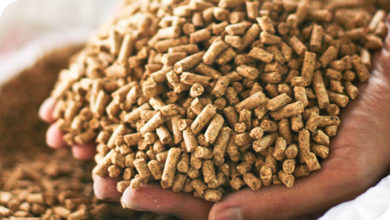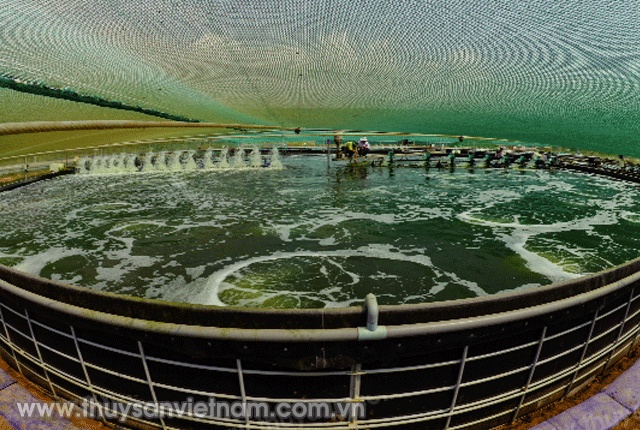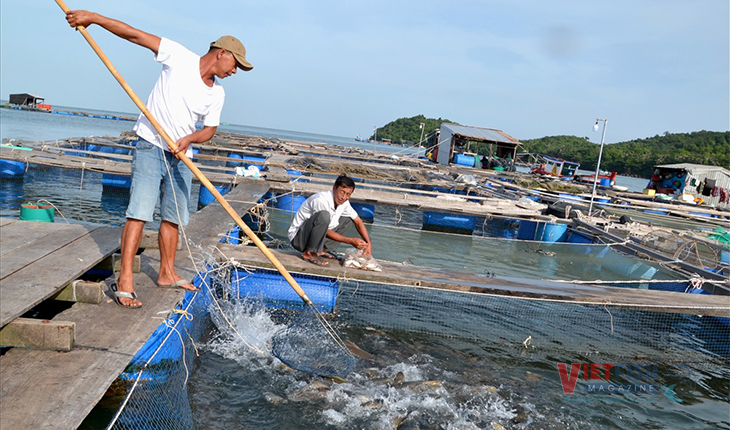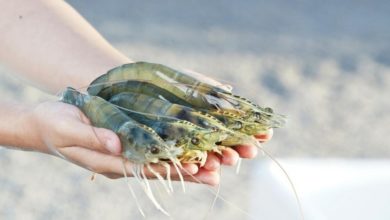Nam Dinh – Shrimp farming in the tides of the mangrove forest
In the heart of the Xuan Thuy mangrove forest, local farmers raise shrimp not with feed, but with algae and plankton - nurturing a model of sustainable livelihoods.
Farming shrimp, protecting forests
Tran Van Huan, a shrimp farmer in the buffer zone of Xuan Thuy National Park, explains: “Our shrimp don’t eat pellets. They live off algae, decaying organic matter, and plankton – all of which depend on water.”
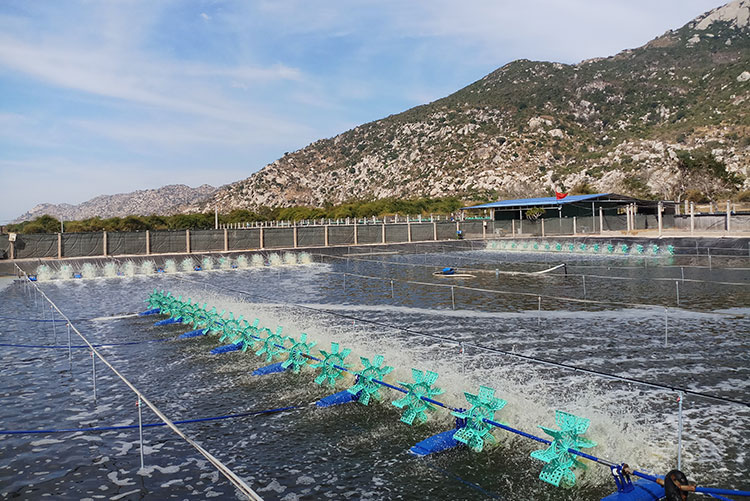
In this extensive farming model that coexists with forest conservation, water is the lifeline. Every tide, every sluice gate opened or closed, is a gamble on the health of the ecosystem. When water flows in evenly, oxygen is abundant, salinity and pH remain stable, plankton multiply, and algae flourish – shrimp have plenty to eat. When water flows out cleanly, pond bottoms are flushed, waste is carried away, and disease struggles to take root.
According to research by Xuan Thuy National Park, salinity above 25‰ or pH levels outside the 7.5 – 8.5 range can easily stress shrimp and sharply reduce survival rates.
“You monitor water not just with tools, but with your ears, eyes, and instincts,” Huan says. “Sometimes the current shifts in just an hour – miss it, and you lose the whole crop.”
For Huan, managing water isn’t just about raising shrimp. It’s about protecting the forest. If the forest dies, the birds leave. Without birds, the shrimp lose a key part of their ecosystem. And the water begins to dry up.
This is no longer just a trade – it’s a way of life. For the people of Giao An, tending to the tides is how they protect their livelihoods and their land – a fragile biosphere where shrimp, water, forest, and people rely on one another to survive and to live in harmony with nature.
Manual harvesting
Beyond shrimp, brackish-water treasures like don (a type of small clam) and seaweed provide vital income for residents of the buffer communes surrounding Xuan Thuy National Park. At low tide, locals wade into the mudflats with bamboo rakes and hand nets, gathering nature’s offerings one small haul at a time.
Here, fishing remains entirely manual – no machinery, no chemicals, no electric shocks, and no dredging. The tools are simple and traditional: hand rakes, bamboo scoops, and fishing rods.
According to Vu Quoc Dat, Deputy Director of Xuan Thuy National Park, around 1,000 people from five nearby communes enter the wetlands daily to harvest aquatic resources. The prime time is from 5 a.m. to midday, when the receding tide reveals nutrient-rich mudflats.
To safeguard both livelihoods and the ecosystem, the park’s management board, in coordination with local authorities, has established self-governed teams and launched training and awareness programs promoting sustainable, conservation-based practices.
Thirty years ago, this coastal stretch was chosen as a pilot site for a major government initiative: land reclamation and the creation of three new seaside communes, led by the former Ministry of Labour, Invalids and Social Affairs. Giao Hung commune, bordering Giao An, was part of the original plan.
But the resettlement effort soon faltered. Harsh hydrographic conditions, high salinity, and a lack of climate-resilient infrastructure made the project unworkable. Yet from this partial failure emerged a new opportunity: shrimp farming that both preserves the forest and supports local livelihoods.
No permanent homes were ever built – only small huts to watch over the lagoons. Eschewing industrial methods, locals turned to extensive farming, raising shrimp, crabs, and groupers. They use no commercial feed, relying instead on natural cycles: algae, organic matter, and plankton regenerate within the lagoons on their own.
Even without major investment, each hectare yields an annual income of 30–40 million VND – enough to sustain a household and maintain both lagoons and mangroves. Alongside shrimp, many families in Giao An and Giao Thien also harvest wild seaweed growing along the shoreline. Just a few hours of work can yield 500 to 700 kilograms.
VFM


